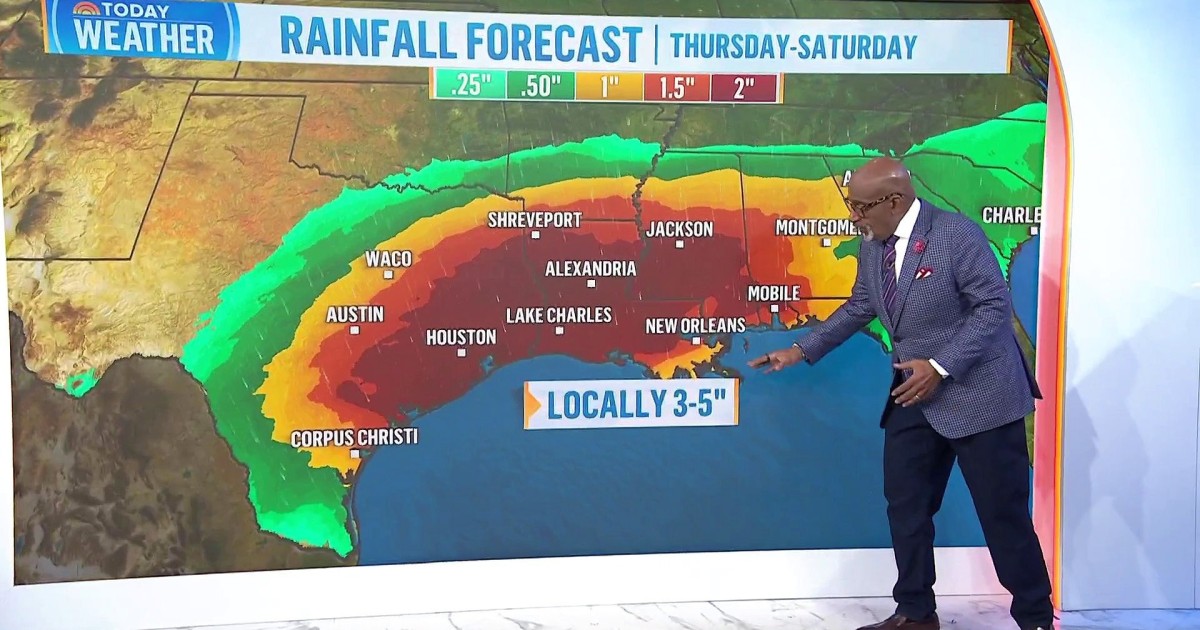Al Roker Investigates the Impact of Santa Ana Winds on Los Angeles Wildfires
As wildfires continue to rage across Los Angeles, the connection between these devastating events and the notorious Santa Ana winds is drawing significant attention. Renowned weatherman Al Roker has taken to the field to investigate how these winds exacerbate wildfire conditions, posing unique challenges for firefighters and communities alike. This comprehensive report delves into the science behind the Santa Ana winds, the current wildfire crisis, and the resilience of those on the front lines.
The Science of Santa Ana Winds
Santa Ana winds are a meteorological phenomenon characterized by strong, dry winds that typically occur in Southern California, particularly during the fall and winter months. These winds originate from high-pressure systems over the Great Basin, funneling through mountain passes and canyons, and are known for their ability to rapidly increase temperatures and decrease humidity levels.
Specifically, the Santa Ana winds carry air from the interior of the state into the coastal regions. This air, having traveled over the desert, is hot and dry, creating ideal conditions for wildfires. The winds can reach speeds of up to 70 miles per hour, making them not only a nuisance but also a genuine threat to both life and property.
Al Roker’s investigation highlights several key aspects of how these winds contribute to the severity of wildfires:
- Increased Fire Spread: The gusty winds can carry embers over long distances, igniting new fires far away from the original blaze.
- Dry Conditions: The hot, dry air reduces moisture levels in vegetation, making it more susceptible to ignition.
- Erratic Fire Behavior: Winds can change direction suddenly, complicating firefighting efforts and putting crews at increased risk.
The Current Wildfire Crisis in Los Angeles
This year, Los Angeles has faced a particularly challenging wildfire season. With record-breaking heat waves and prolonged drought conditions, the region has been primed for catastrophic fires. The combined effects of climate change and the natural cyclical patterns of weather have led to an unprecedented situation where communities are on high alert.
In Al Roker’s report, he interviews local firefighters who share their experiences battling the blazes. Fire Chief Maria Gonzalez states, “The Santa Ana winds are a game changer. When they pick up, it feels like the fire is alive—it moves fast and unpredictably.” This sentiment is echoed by many on the ground, who acknowledge that traditional firefighting tactics are often rendered ineffective when facing the full force of these winds.
Impact on Firefighting Efforts
The Santa Ana winds not only hinder firefighting efforts but also place immense strain on emergency services. Firefighters must adapt quickly, employing strategies that account for the shifting winds. This includes:
- Creating Firebreaks: Firefighters work tirelessly to create barriers that can slow the spread of fire, often using heavy machinery and controlled burns.
- Utilizing Air Support: Helicopters and air tankers become crucial in dropping water and fire retardants, but their effectiveness can be compromised by high winds.
- Community Evacuations: With unpredictable fire movements, prompt evacuation orders are essential to ensure the safety of residents.
Moreover, the psychological impact on residents cannot be overlooked. Many communities have been forced to evacuate multiple times, creating a climate of anxiety and uncertainty. Al Roker emphasizes the importance of community resilience and preparedness in his report.
Community Resilience and Preparedness
In the face of such adversity, communities across Los Angeles are stepping up. Local organizations are providing resources and support for residents affected by the fires. Al Roker notes various initiatives aimed at enhancing community preparedness:
- Emergency Kits: Residents are encouraged to prepare emergency kits that include essential supplies, medications, and important documents.
- Community Workshops: Organizations are offering workshops on fire safety, evacuation planning, and first aid.
- Neighborhood Watch Programs: Communities are forming networks to keep each other informed and safe during fire events.
One inspiring story shared in Roker’s report is that of the Silver Lake community, where residents banded together to create a neighborhood response plan. They organized training sessions on fire-safe landscaping and established a communication tree to alert each other of danger. This proactive approach illustrates the power of community in times of crisis.
Looking Ahead: Mitigating Future Risks
The challenges posed by Santa Ana winds and wildfires are complex and multifaceted. Climate scientists caution that as global temperatures rise, the frequency and intensity of these winds may increase, leading to even more severe wildfire seasons. Al Roker’s investigation sheds light on the urgent need for proactive measures to mitigate future risks.
Potential strategies include:
- Improved Land Management: Forest management practices, including controlled burns and vegetation thinning, can help reduce wildfire fuel loads.
- Infrastructure Investment: Strengthening power lines and electrical infrastructure can reduce the risk of ignitions caused by downed lines during wind events.
- Public Policy Changes: Advocating for policies that address climate change and promote sustainable land use can help communities better prepare for inevitable future challenges.
Conclusion
Al Roker’s on-the-ground investigation into the impact of Santa Ana winds on Los Angeles wildfires highlights the intricate relationship between weather phenomena and natural disasters. As communities grapple with the immediate threats posed by wildfires, the resilience and preparedness of residents shine through. While the challenges are great, the stories of courage and cooperation serve as a beacon of hope. By understanding the dynamics of Santa Ana winds and actively working to mitigate risks, Los Angeles can better navigate the complexities of wildfire management and emerge stronger than before.
As we move forward, it’s crucial to remain vigilant, informed, and prepared. With continued efforts from local communities, emergency responders, and policymakers, the future can hold promise even amidst the challenges of wildfires and the Santa Ana winds.
See more Update My News



